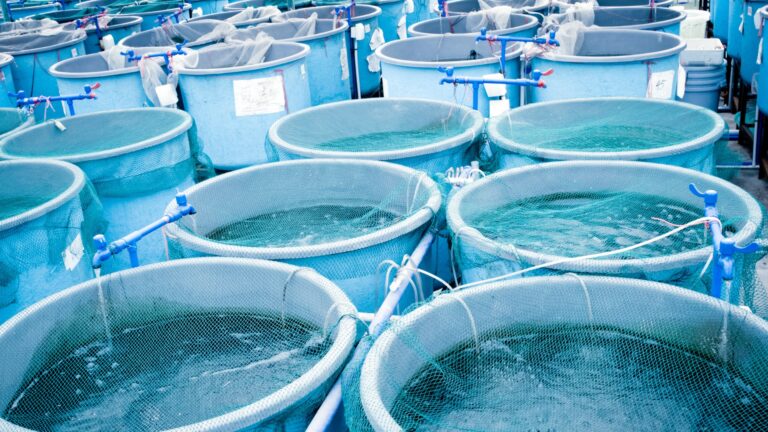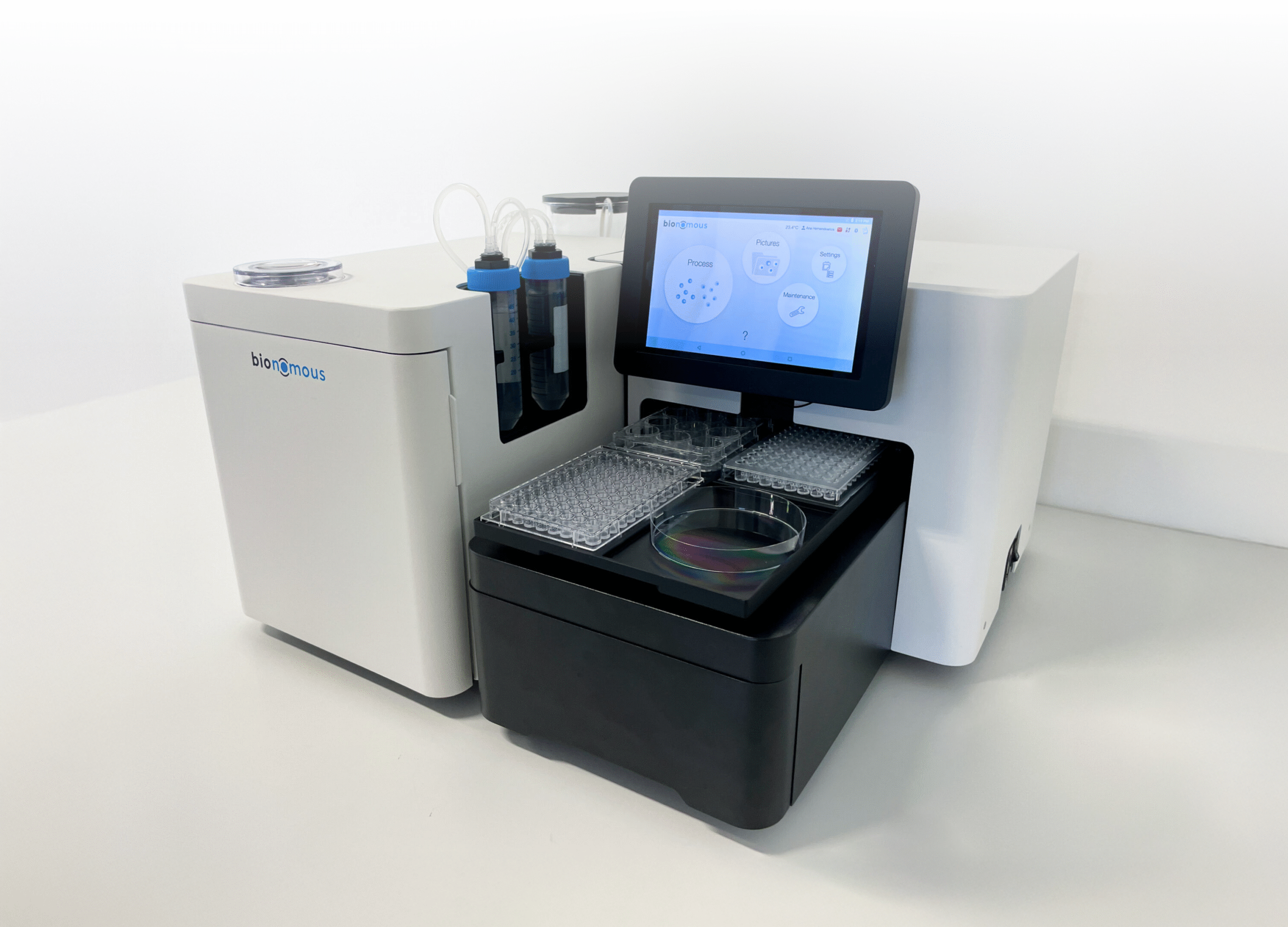Automating egg quality control for sustainable aquaculture
From aquaculture research facilities to hatcheries, our technology automates egg quality control with speed and accuracy—screening and sorting fish eggs to ensure consistent seeding of tanks, optimized feed management, and higher survival rates. By reducing variability and operational costs, it delivers reliable, scalable results for sustainable aquaculture.

Egg quality control made fast, standardized, and scalable
Our lab-proven technology can be applied to aquaculture for the screening and sorting of fish eggs at scale to reduce waste, boost yield, and improve consistency.
Bigger Samples for better insights
Process larger batches of eggs for quality control in less time, enabling data-driven decisions and improving reliability across hatchery operations.
Improve hatch rates and quality
Remove dead, unfertilized, or malformed eggs before incubation. Better inputs lead to healthier fry, stronger survival, and more consistent results.
Reduce manual labor and variability
Automate one of the most time-consuming steps in aquaculture—ensuring uniformity and freeing your team to focus on operations, not egg sorting.
Adapt lab-proven sorting to hatchery-scale production
Our core technology, screens, classifies, and separates fish eggs automatically—delivering hatchery-ready performance with laboratory precision.
Capture every egg
Classify with AI
Plate or incubate directly

Train your sorter to match your hatchery’s needs
LabSwipe lets you fine-tune the system’s AI using real data from your own species, batches, or grading criteria—no coding needed. Customize sorting logic for each fish species, from sea bream to bluefin tuna.
Customize by species or batch
Label and classify images to train AI models for specific fish species or egg characteristics, so your sorter adapts to biological variation across cycles.
Refine sorting accuracy over time
Use LabSwipe to improve classification precision with each batch, adjusting for subtle differences in morphology, color, or opacity
Deploy updates instantly
Upload your training model to the sorter with a few taps. No delays, no IT team required. Your new logic goes live in minutes.

Trusted by
leading labs

Hear about our impact in labs like yours

At the Leibniz Institute on Aging – Fritz Lipmann Institute (FLI), we are using the EggSorter for sorting Nothobranchius furzeri wild type eggs onto plates containing coconut substrate. The EggSorter has proven to be a highly reliable and efficient tool in our workflow, significantly streamlining the egg-sorting process.
We are very satisfied with its performance. The system operates with very high precision and consistency, helping us to save time and standardize a previously labor-intensive step. The EggSorter fully meets our expectations and has become an indispensable part of our daily work with N. furzeri embryos

Our goal was to robotize the sorting of the fish eggs to improve our productivity. We acknowledge the perseverance of Bionomous to solve technical difficulties and successfully deliver the tool adapted to our specific needs. The eggsorter dedicated to Medaka fish eggs facilitates the work of our technicians.

The Bionomous EggSorter saves me valuable time in the laboratory while ensuring accurate and reliable results.
Thanks to its automation, I can focus on my experiments/other tasks without worrying about repetitive sorting tasks.
Read our FAQs
Which species can we work with?
The system works with fish species that have eggs ranging from 500 µm to 2 mm in size, including:
- European seabass (Dicentrarchus labrax)
- Gilthead seabream (Sparus aurata)
- Grey mullet (Mugil cephalus)
- Meagre (Argyrosomus regius)
- Atlantic bluefin tuna (Thunnus thynnus)
What sample sizes are supported?
The device works with entities sized 500 µm to 2 mm. To ensure consistent sorting, the batch should have a homogeneity of ±100 µm.
How fast is the system?
Processes up to 1 entity every 0.5 seconds (depending on mode, up to 5 sec/entity).
On average:
- 50 embryos in a Petri dish → 2–3 minutes
- 96-well plate → 3–5 minutes
What screening modes are available?
Brightfield imaging (transmitted and reflected light)
- Fluorescence screening with up to 6 filter cubes, including:
- BFP, GFP, YFP, tdTomato, mCherry A, mCherry C
(Full specifications available upon request.)
What is the dispensing volume?
The minimum dispensing dose is 50 µL per sample, with a precision of ±10%.
What output containers are supported?
The EggSorter is flexible and can dispense into:
- Falcon tubes (up to 2)
- Multiwell plates (6x to 96x wells, up to 4 plates)
- Petri dishes (up to 4 × 10 cm)
Is embryo viability affected?
No. Studies show that embryos remain healthy after processing with the EggSorter:
- Zebrafish → confirmed in our whitepaper.
- Killifish → confirmed in our application note.
(Aquaculture species data available upon request.)
How is the system disinfected?
It can be cleaned with 70% ethanol or 5–10% bleach, ensuring safe and easy maintenance.
What are the device dimensions?
- 50 × 50 × 30 cm (L × W × H)
- Weight: ~18 kg